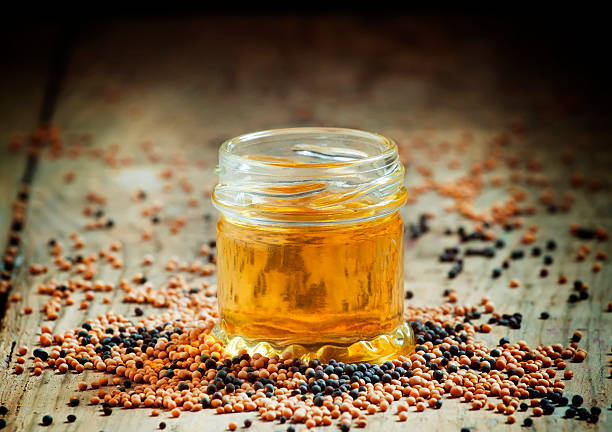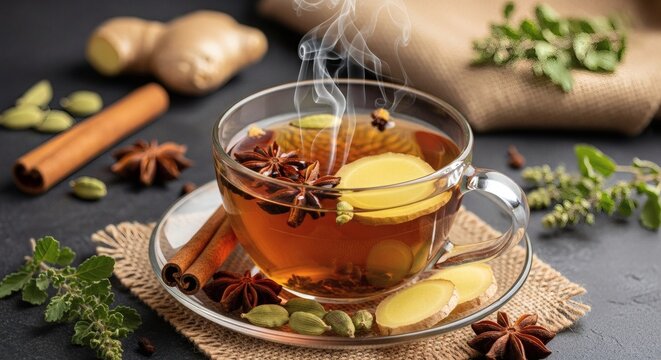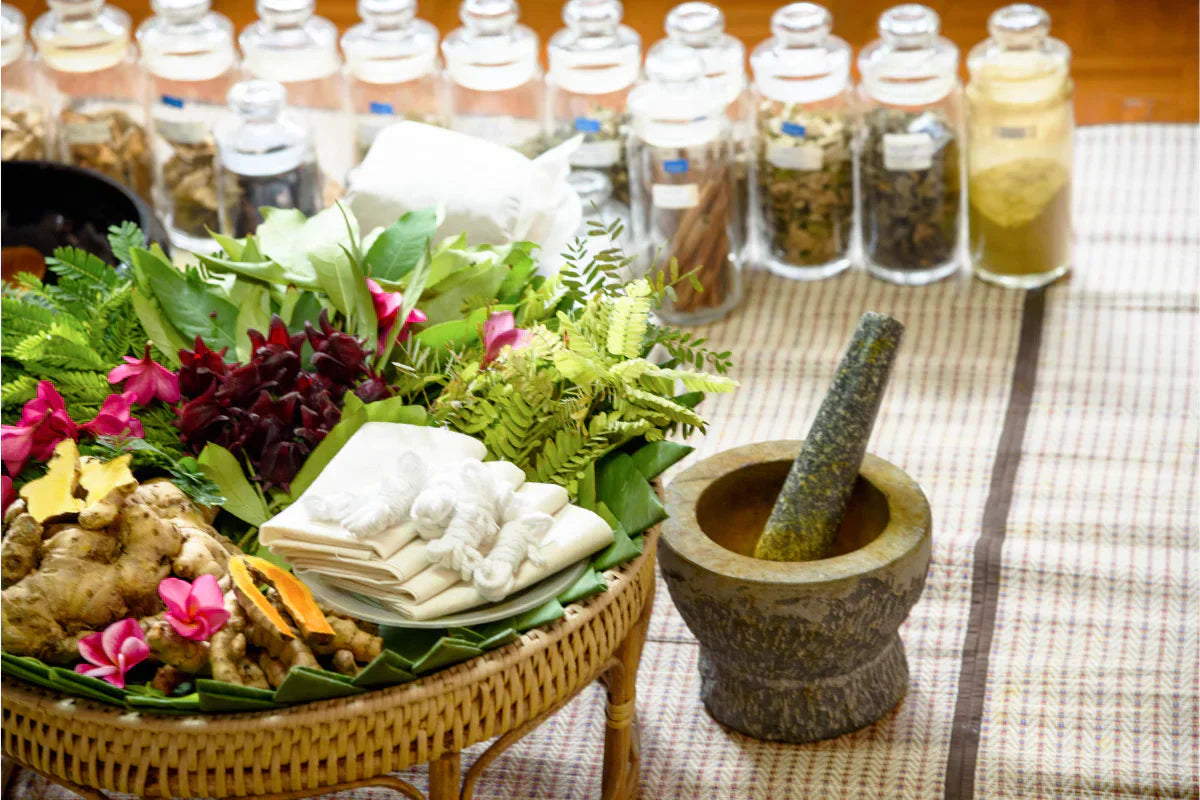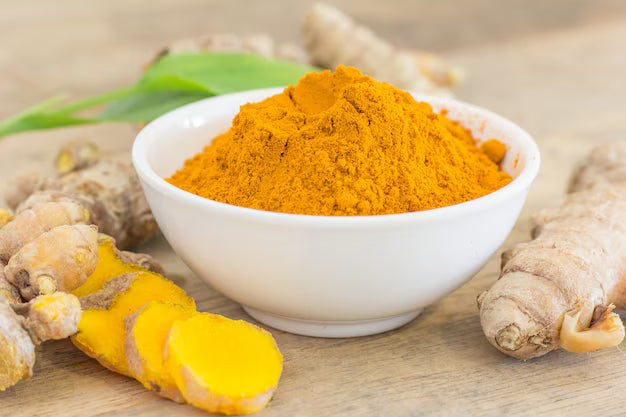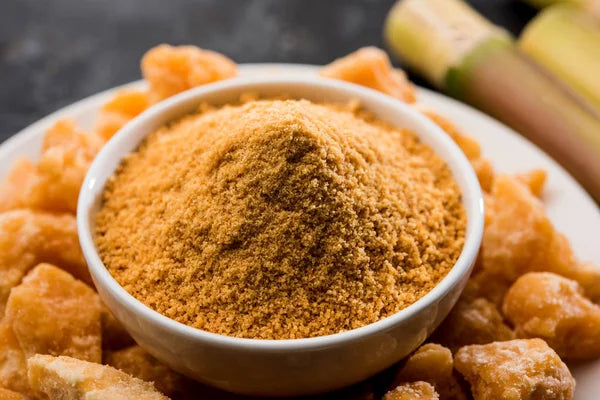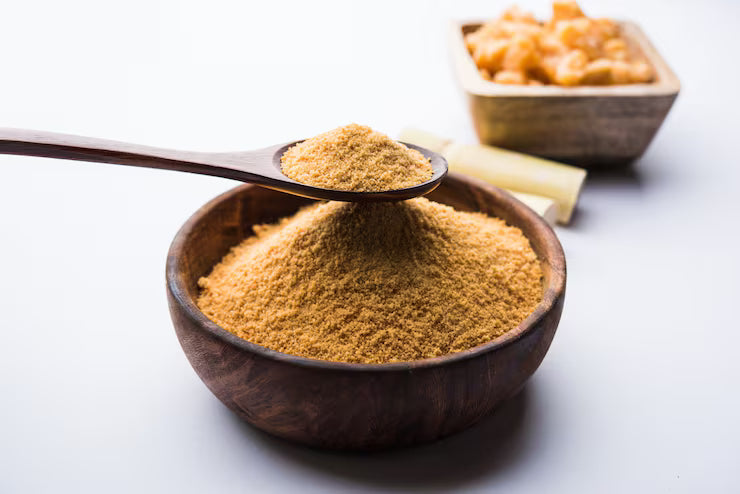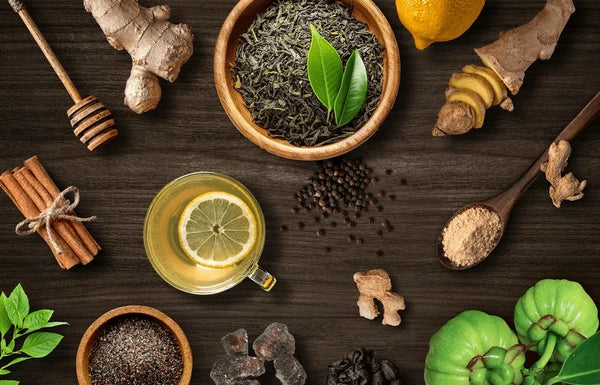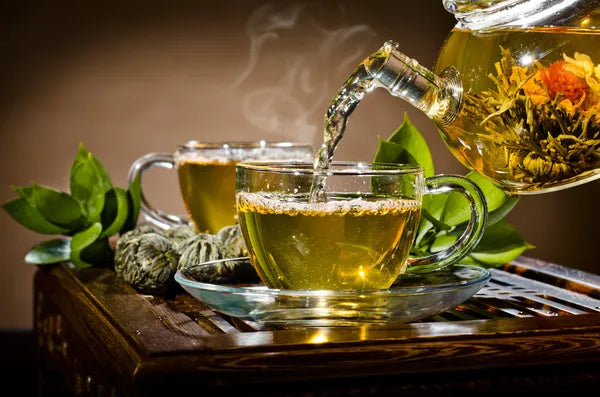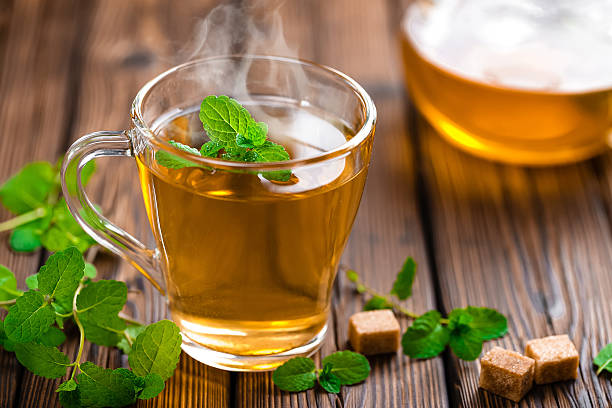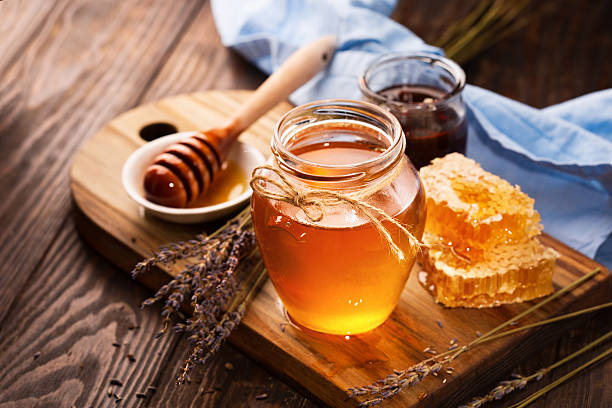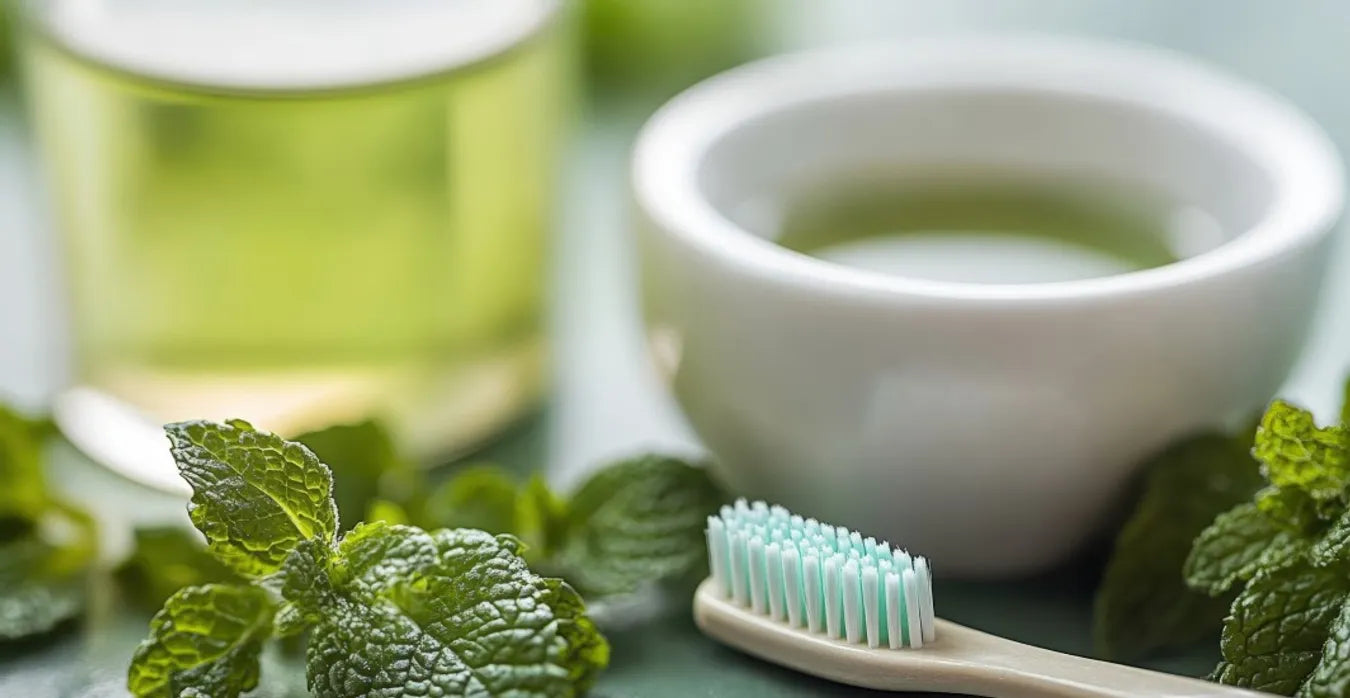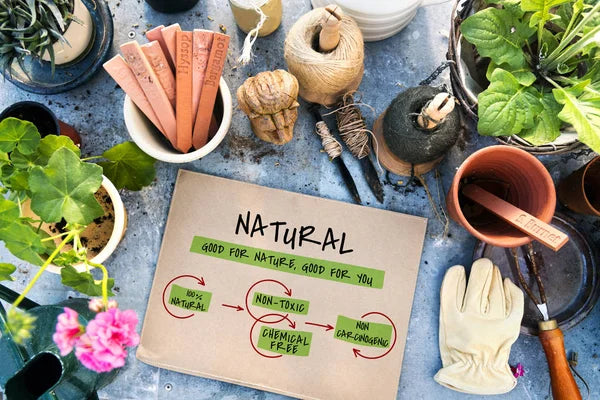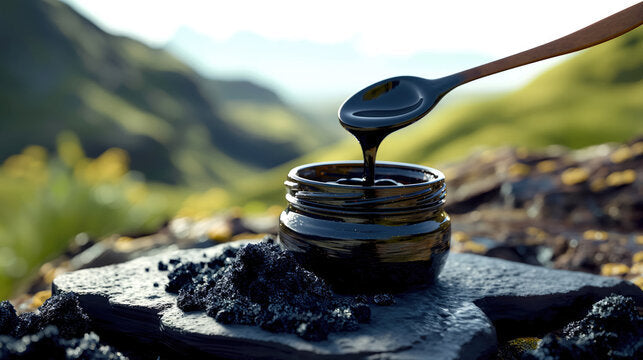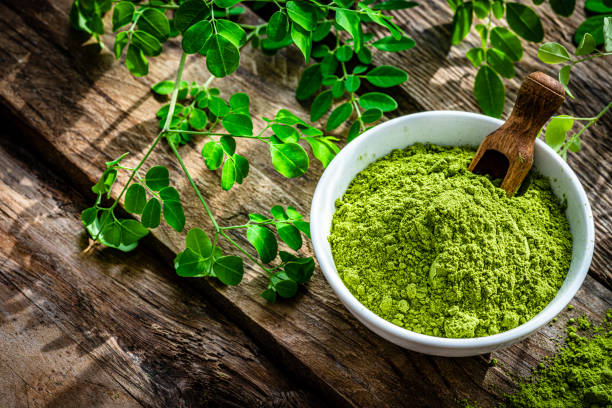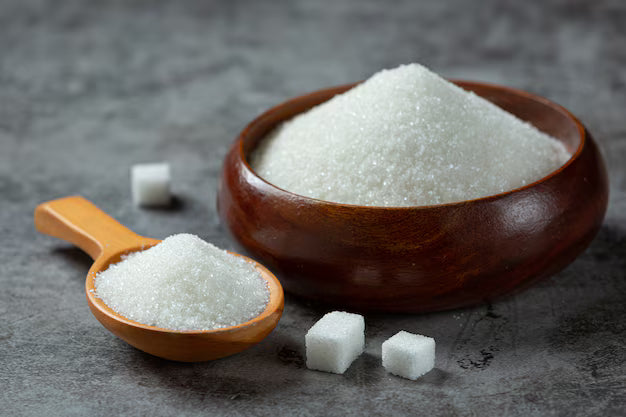Ayurveda Doshas: Vata, Pitta & Kapha for Better Health
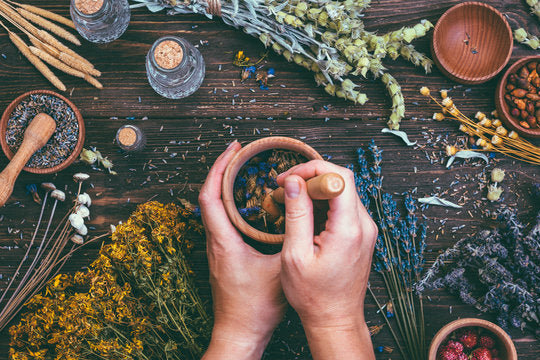
Introduction – Ayurveda and the Science of Doshas
In Ayurveda, health is not merely the absence of disease; it is a dynamic state of balance between the body, mind, and spirit. This ancient science views every individual as a unique combination of Doshas Vata, Pitta, and Kapha, which govern all biological and psychological functions.
The word Dosha in Ayurveda literally means “that which can cause imbalance” when disturbed. Hence, maintaining harmony among the three Doshas is the cornerstone of good health.
This principle, known as the Tridosha theory, explains how Vata (movement), Pitta (transformation), and Kapha (structure) work together to sustain life. Understanding your Ayurvedic body type (Vata, Pitta, or Kapha) helps personalize your diet, lifestyle, and healing for disease prevention and balance.
TL;DR – Understanding Vata, Pitta & Kapha
- Ayurveda is Personalised: Every person has a unique dosha constitution (Prakriti) influenced by Vata, Pitta, and Kapha — these energies govern how your body and mind function.
- Vata = Movement: Controls breathing, circulation, and nervous system. When imbalanced → anxiety, dryness, insomnia. Calm with warm, grounding foods & routine.
- Pitta = Transformation: Governs digestion, metabolism, and intellect. When imbalanced → anger, acidity, rashes. Balance with cooling foods & calming activities.
- Kapha = Structure & Stability: Gives strength, lubrication, and emotional grounding. When imbalanced → sluggishness, weight gain, congestion. Energize with light & warm foods + movement.
- Balance = Health: Dosha imbalance causes disease; harmony restores wellness. Daily routine (Dinacharya), mindful eating, yoga, and herbal support help maintain balance and vitality.
What Are Vata, Pitta & Kapha?The Three Pillars of Life
वायु: पित्तं कफश्चेति त्रयो दोषा: समासत: ॥
विकृताऽविकृता देहं घ्नन्ति ते वर्त्तयन्ति च ।
(Charaka Samhita, Sutrasthana 1:57)
Vata, Pitta, and Kapha are the three Doshas that sustain and regulate the body.
When in balance (Avikruta), they maintain health; when disturbed (Vikruta), they cause disease.
Ayurveda teaches that all life is composed of the five great elements (Pancha Mahabhuta). Ether (Akasha), Air (Vayu), Fire (Agni), Water (Jala), and Earth (Prithvi). From these arise the three Doshas that form the foundation of the human constitution:
-
Vata Dosha (Air + Ether) – Governs all movement, communication, and circulation.
-
Pitta Dosha (Fire + Water) – Governs digestion, metabolism, and transformation.
-
Kapha Dosha (Earth + Water) – Governs structure, lubrication, and immunity.
Together, they regulate every process of life, physical, emotional, and mental. Balance among the three ensures wellness; imbalance results in disorder.
Understanding Vata Dosha – The Energy of Movement
Meaning & Nature: Vata Dosha governs all motion in the body, from breathing and nerve impulses to elimination and circulation. It represents air and ether, characterized by movement, dryness, and lightness.
Qualities: Light (Laghu), Dry (Ruksha), Cold (Sheeta), Mobile (Chala).
Functions: Circulation, respiration, nerve conduction, elimination, and creativity.
Personality: Energetic, imaginative, adaptable, quick-thinking.
When balanced: It promotes vitality, enthusiasm, and clarity.
When Imbalanced: Causes anxiety, dryness, restlessness, insomnia, constipation.
Diet & Lifestyle Tips:
-
Favor warm, moist, grounding foods: soups, ghee, stews, cooked grains.
-
Avoid cold, raw, dry foods.
-
Maintain a regular daily routine; eat and sleep on time.
-
Perform Abhyanga (oil massage) with sesame oil or almond oil.
-
Gentle yoga, warm baths, and calm breathing soothe Vata.
Understanding Pitta Dosha – The Energy of Transformation
Meaning & Nature: Pitta Dosha controls digestion, metabolism, and body temperature. It is made of fire and water, representing heat, sharpness, and intensity.
Qualities: Hot (Ushna), Sharp (Tikshna), Oily (Snigdha), Light (Laghu).
Functions: Digestion, metabolism, vision, intelligence, and body temperature.
Personality: Ambitious, focused, courageous, analytical.
When balanced: It promotes confidence, intellect, and a radiant complexion.
When Imbalanced: Causes anger, irritability, heartburn, rashes, or inflammation.
Diet & Lifestyle Tips:
-
Favor cooling foods: cucumber, coconut, milk, ghee, greens, sweet fruits.
-
Avoid spicy, fried, sour, and fermented foods.
-
Practice cooling Pranayama (Sheetali, Chandra Bhedana).
-
Avoid excessive heat and stress; rest near water or nature.
-
Herbs like Amla, Guduchi, and Shatavari calm Pitta.
Understanding Kapha Dosha – The Energy of Stability
Meaning & Nature: Kapha Dosha provides structure, lubrication, and emotional stability. Formed from earth and water, it governs growth, strength, and immunity.
Qualities: Heavy (Guru), Slow (Manda), Cold (Sheeta), Oily (Snigdha).
Functions: Growth, stability, lubrication of joints, and emotional calm.
Personality: Compassionate, patient, and loyal.
When balanced: It creates endurance, immunity, and serenity.
When Imbalanced: Leads to lethargy, congestion, weight gain, and emotional heaviness.
Diet & Lifestyle Tips:
-
Favor warm, light, and spicy foods: ginger, pepper, lentils, leafy greens.
-
Avoid cold, heavy, and oily meals.
-
Exercise daily; include dynamic yoga and brisk walking.
-
Avoid oversleeping and daytime naps.
How to Identify Your Dominant Dosha (Prakriti)
Every person is a unique combination of all three doshas; one or two usually dominate.
-
Vata type: Lean, energetic, creative, but easily fatigued.
-
Pitta type: Medium build, strong digestion, sharp intellect.
-
Kapha type: Sturdy, calm, nurturing, slow metabolism.
-
Dual Doshas: Vata-Pitta, Pitta-Kapha, Vata-Kapha.
-
Tridoshic: Balanced constitution, rare and harmonious.
Your Prakriti (natural constitution) remains constant, while Vikriti (current imbalance) can fluctuate with diet, stress, or season.
Take an Ayurveda Dosha Test to understand both.
Dosha-Specific Diets – Eating for Balance
Vata Diet
-
Warm, oily, grounding foods: ghee, soups, cooked rice.
-
Herbs: Hing, ginger, Ashwagandha.
Pitta Diet
-
Cooling, hydrating meals: cucumber, coconut, fennel.
-
Avoid spicy, sour, and fermented foods.
Kapha Diet
-
Light, dry, and warm foods: millets, leafy greens, black pepper.
-
Include ginger tea, honey, and detoxifying spices.
Eat according to season, age, and dosha imbalance, practicing mindful, calm eating.
Signs of Dosha Imbalance & Remedies
|
Dosha |
Signs of Imbalance |
Ayurvedic Remedies |
|
Vata |
Dry skin, anxiety, and insomnia |
Warm milk, sesame oil massage, grounding yoga |
|
Pitta |
Anger, rashes, acidity |
Cooling foods, coconut oil, meditation |
|
Kapha |
Lethargy, congestion, weight gain |
Exercise, warm water with honey, detox herbs |
Ayurvedic Lifestyle (Dinacharya) for Balanced Doshas
1. Wake Up Before Sunrise (Brahma Muhurta)
Rising during Brahma Muhurta (approximately 4:30–6:00 AM) is considered ideal, as this time is dominated by Vata dosha, which governs movement and creativity. The air is pure, the mind calm, and energy subtle — perfect for meditation and self-reflection. Waking late increases Kapha, leading to heaviness, sluggishness, and mental dullness.
2. Morning Cleansing Rituals (Shauchacharana)
Start your day by cleansing the senses and organs to remove Ama (toxins) and prepare the body for nourishment.
-
Tongue Scraping (Jihva Nirlekhana): Removes toxins accumulated overnight, stimulates digestion, and enhances taste perception.
-
Oil Pulling (Gandusha or Kavala): Swish warm sesame or coconut oil in your mouth for a few minutes to strengthen gums, freshen breath, and clear Ama from the oral cavity.
-
Nasya (Nasal Drops): Apply a few drops of medicated or plain ghee/sesame oil in the nostrils. This lubricates nasal passages, clears sinuses, and strengthens prana (vital life force).
These small rituals balance Kapha in the morning and keep the respiratory and sensory systems healthy.
3. Abhyanga (Oil Massage) According to Your Dosha
Daily self-oil massage is deeply grounding and detoxifying.
-
Vata types: Use warm sesame or almond oil to calm the nervous system and relieve dryness.
-
Pitta types: Use cooling coconut or sunflower oil to soothe inflammation and reduce heat.
-
Kapha types: Use warming mustard oil or linseed oil to stimulate circulation and reduce heaviness.
4. Meditation and Yoga for Balance
Ayurveda sees the mind and body as one. Yoga and Pranayama (breathing practices) keep the Doshas balanced, improve mental clarity, and regulate energy flow.
-
Vata: Slow, grounding yoga (Hatha, Yin) and deep breathing (Anulom Vilom).
-
Pitta: Cooling yoga (Moon salutations) and Sheetali Pranayama.
-
Kapha: Stimulating yoga (Sun salutations, backbends) and vigorous breathing (Kapalabhati).
After yoga, spend 10–15 minutes in meditation or gratitude to cultivate peace and emotional stability.
5. Mindful Eating & Proper Meal Timings
-
Eat your main meal at noon, when Pitta (digestive fire) is strongest, allowing optimal digestion and nutrient absorption.
-
Breakfast should be light and grounding; dinner early and easy to digest (by 7:30 PM).
-
Eat mindfully, no screens, no talking, and stop when 75% full.
This rhythm supports Agni and prevents the accumulation of Ama (toxins).
6. Sleep by 10 PM for Restoration
The hours between 10 PM and 2 AM are governed by Pitta. Staying awake during this time overstimulates the mind and weakens digestion. Sleeping early helps the body rejuvenate tissues, balance hormones, and calm the nervous system.
7. Adjust Habits with Seasons (Ritucharya)
Each season influences the Dosha balance. Ayurveda recommends adapting diet and habits accordingly:
-
Winter & Early Spring (Kapha season): Favor light, spicy, and warm foods; stay active.
-
Summer (Pitta season): Favor cooling foods like cucumber, coconut, and greens.
-
Autumn & Early Winter (Vata season): Favor warm, oily, nourishing foods and regular routines.
Adapting to natural cycles keeps immunity strong and prevents seasonal imbalances.
Ayurvedic Herbs & Remedies to Support Each Dosha
For Vata Dosha – Calming & Nourishing Herbs
Vata, being light, dry, and mobile in nature, benefits from herbs that are warming, grounding, and strengthening. These herbs soothe the nervous system, improve digestion, and provide stability.
-
Ashwagandha (Withania somnifera): A premier adaptogen that calms anxiety, strengthens the nerves, and promotes restful sleep.
-
Bala (Sida cordifolia): Improves stamina, nourishes muscles and joints, and supports energy without overstimulation.
-
Dashamoola (Ten roots formula): A classical Ayurvedic combination that pacifies Vata, relieves pain, and supports joint and respiratory health.
For Pitta Dosha – Cooling & Cleansing Herbs
Pitta is hot, sharp, and oily in nature. To prevent overheating and inflammation, Ayurveda recommends herbs that are cooling, soothing, and detoxifying.
-
Amla (Indian Gooseberry): Rich in Vitamin C and antioxidants, it cools the body, supports digestion, and rejuvenates skin and eyes.
-
Guduchi (Tinospora cordifolia): A powerful detoxifier and immune booster that balances Pitta without depleting energy.
-
Shatavari (Asparagus racemosus): Nourishes reproductive tissues, calms irritability, and supports hormonal and digestive balance.
For Kapha Dosha – Energizing & Detoxifying Herbs
Kapha, being heavy, cold, and stable, requires herbs that are warming, stimulating, and drying to counteract sluggishness and excess mucus.
-
Trikatu (blend of ginger, black pepper, and long pepper): Stimulates metabolism, clears Ama (toxins), and boosts digestion.
-
Tulsi (Holy Basil): A natural decongestant and immune enhancer that reduces Kapha and promotes respiratory health.
-
Punarnava (Boerhavia diffusa): Acts as a natural diuretic and detoxifier, helpful in managing fluid retention and weight balance.
Rejuvenating Rasayanas for All Doshas
Certain formulations in Ayurveda are known as Rasayanas — rejuvenating tonics that nourish all tissues, strengthen immunity, and promote longevity.
-
Chyawanprash: A time-tested blend of herbs like Amla, Ashwagandha, and Ghee that supports respiratory health, boosts Ojas (vital energy), and builds resilience.
-
Amrit Kalash: A classical Maharishi Ayurvedic formulation that enhances immunity, combats stress, and promotes cellular regeneration.
The Mind-Body Connection – Mental Traits of Each Dosha
|
Dosha |
Balanced Mind |
Imbalanced Mind |
|
Vata |
Creative, joyful |
Fearful, restless |
|
Pitta |
Focused, courageous |
Angry, irritable |
|
Kapha |
Loving, peaceful |
Attached, lazy, depressed |
Meditation, self-awareness, and Pranayama balance emotional energy and mental clarity.
Modern Science Meets Ayurveda
Modern research aligns Dosha theory with biology:
-
Vata → nervous system, movement, neurotransmission.
-
Pitta → metabolism, enzymes, endocrine balance.
-
Kapha → structure, immunity, and anabolic processes.
This reflects Ayurveda’s ancient understanding of personalized medicine and bio-energetic balance.
Conclusion – Harmony Is Health
True wellness is the balance of Vata, Pitta, and Kapha. Ayurveda teaches that health is achieved not by suppression but by alignment with nature through food, routine, rest, and mindfulness.
Take your Dosha test, follow a dosha-specific diet, and live with awareness.
When Doshas are in harmony, the mind is peaceful, the body is strong, and the spirit shines with vitality.
FAQs
1. Can Dosha imbalances cause disease?
Yes. When Vata, Pitta, or Kapha go out of balance, they disturb the body’s natural harmony, leading to disorders like acidity, arthritis, anxiety, obesity, or fatigue. Balanced doshas maintain health, while imbalance invites disease and emotional instability.
2. What is the best daily routine to balance Doshas?
Wake early, sleep before 10 pm, eat meals at fixed times, exercise daily, and meditate. Follow the sun’s rhythm, main meal at noon, and practice Abhyanga (oil massage) regularly. Consistency balances Vata, calms Pitta, and mobilizes Kapha.
3. What is the most powerful Dosha?
All three Doshas are vital, but Vata is considered the leader since it governs movement and controls Pitta and Kapha. If Vata becomes imbalanced, it can easily disturb the others; hence, managing Vata first ensures overall balance.
4. Are Pitta and acidity the same?
No. Pitta represents fire and metabolism, while acidity is a symptom of excess Pitta. When aggravated, Pitta overheats digestion, causing acid reflux, heartburn, or inflammation. Balancing Pitta through cooling foods and calm routines relieves these symptoms.
5. What should Kapha drink?
Kapha benefits from warm, light, and stimulating drinks like ginger tea, cinnamon water, or tulsi infusions. Herbal teas and Trikatu (ginger, black pepper, long pepper) help boost Agni (digestive fire), reduce mucus, and prevent sluggishness and heaviness.
Popular Posts

Ayurvedic Herbal Rasayana Therapy: How Soon Will You Feel Benefits?
09 Dec, 2025What Is ‘Rasayana’ & ‘Rasayana Therapy’? The term ‘Rasayana’ is composed of two words: ...
Read more
Vegetarian & Vegan: Knowing the Difference in Ayurvedic Products
05 Dec, 2025Ayurvedic View on Vegetarian and Vegan Diets Ayurveda naturally leans toward a predominantly pla...
Read more
How to Boost Vigour and Vitality in men with Ayurveda?
03 Dec, 2025There must be many questions in the mind of people that what exactly does vigor and vitality mean...
Read more




 Popular Read
Popular Read























